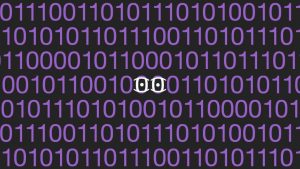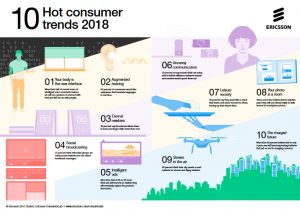Imagine you have just arrived home from work. You wave your hand, and the lamp turns on, flashing the light in greeting. The home speaker begins to play music, but when you give it an exasperated look, it turns off. You make a coffee, but grimace because it’s too bitter. The coffee machine immediately offers to add sugar or milk.
Two things are conspicuously absent from this vision of a not-too-distant future. One is an appliance with switches and knobs, and the other is a smartphone full of remote control apps. Our research indicates that consumers are increasingly moving towards a paradigmatic shift in how they expect to interact with technology. Ever more things are becoming connected, but the complexities of how to control them all are a different matter.
On the one hand, alternative yet equally good user interface solutions for simple functions have existed for much longer than we’ve had electronic gadgets. A Westerner who experiences an Asian meal for the first time soon finds out that the user interface to that meal is a pair of chopsticks rather than a knife and fork. On the other hand, mass-market acceptance of digital technology has made the proliferation of user interfaces practically infinite. Every new device with a screen adds new user interface variations, which are then multiplied by the number of apps within each gadget.
Today you have to know all the devices. But tomorrow all the devices will have to know you. If consumers continue to be faced with the prospect of learning and relearning how to use devices in the face of an ever-increasing pace of technological change, they will become increasingly reluctant to buy in to the future. We might already be close to that breaking point. The current generation of “flat” user interfaces do not use 3D effects or embellishments to make clickable interface elements, such as buttons, stand out. It is difficult for users to know where to click. As a result, they navigate web pages 22 percent slower.1 For this reason, our trends for 2018 and beyond focus on various aspects of more direct interaction between consumers and technology.
With 5G, connectivity is set to become ubiquitous. This might sound simple, but it involves a huge technology upgrade; devices must be able to relay complex human interaction data to cloud-based processing, and respond intuitively within milliseconds. The Internet of Things (IoT) must provide interoperability between all devices, and allow for mobility. Network availability also needs to be maintained, so that devices do not suddenly go offline and lose their human-like capabilities.
More: www.ericsson.com

